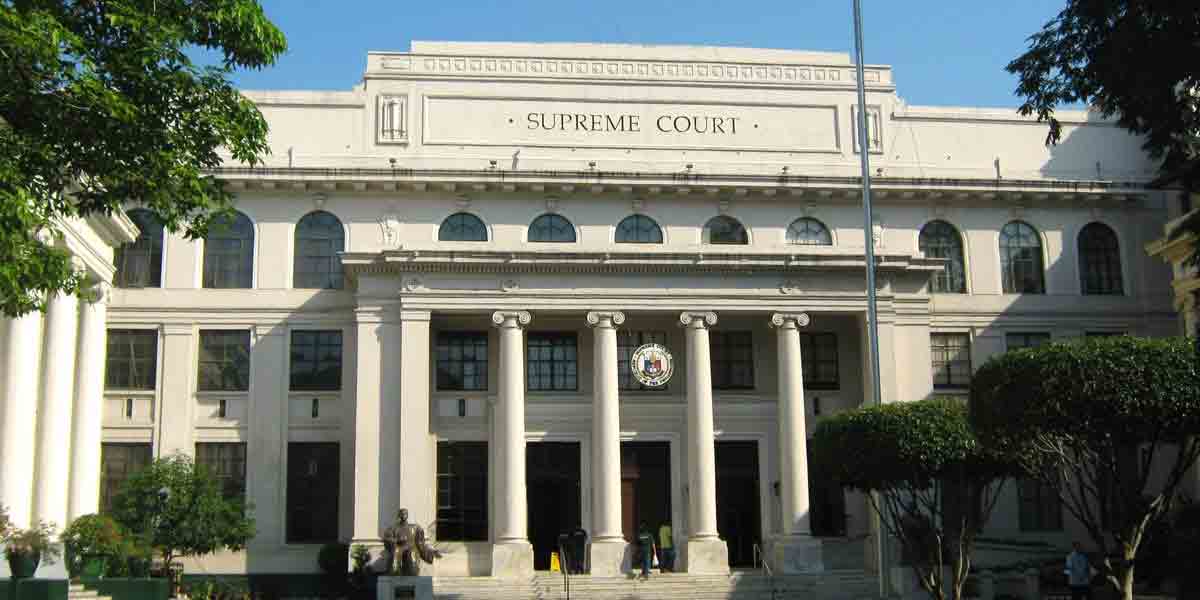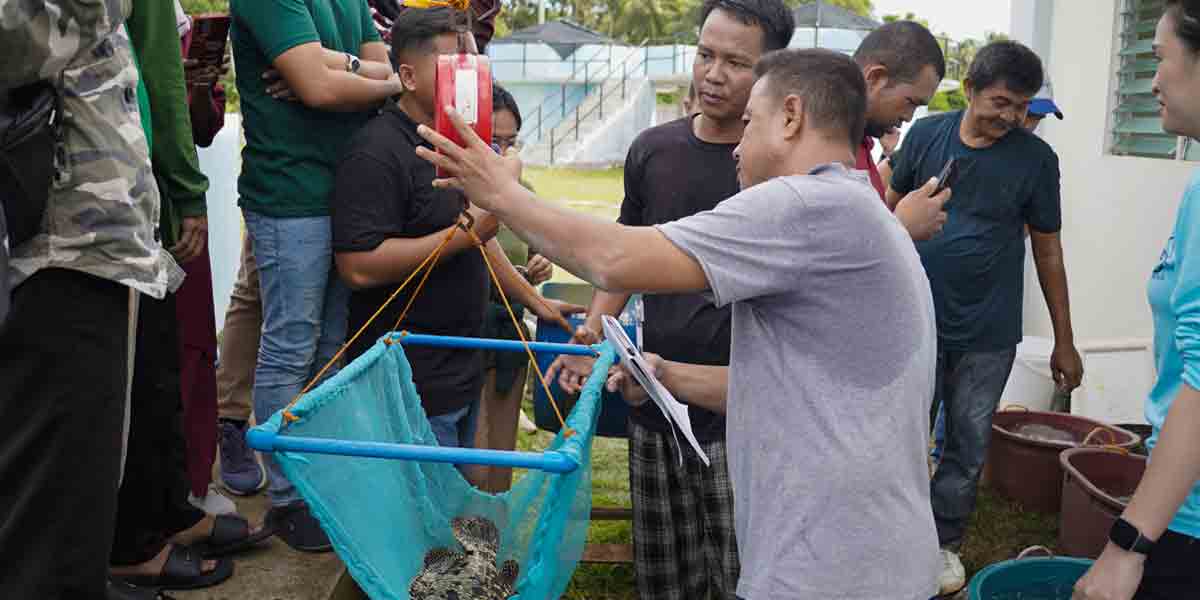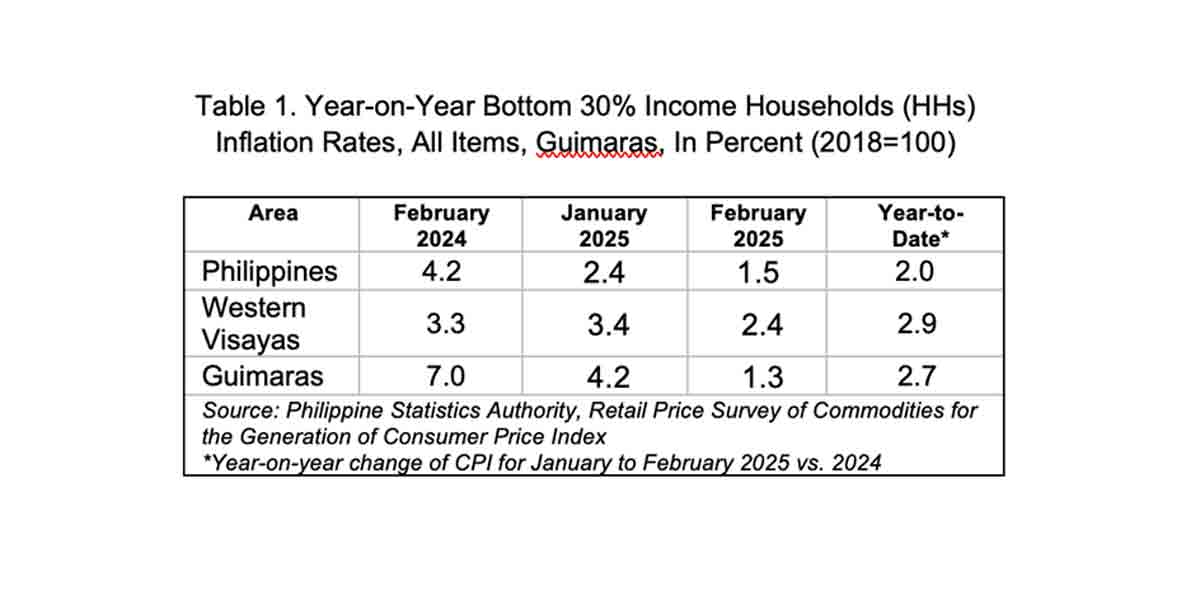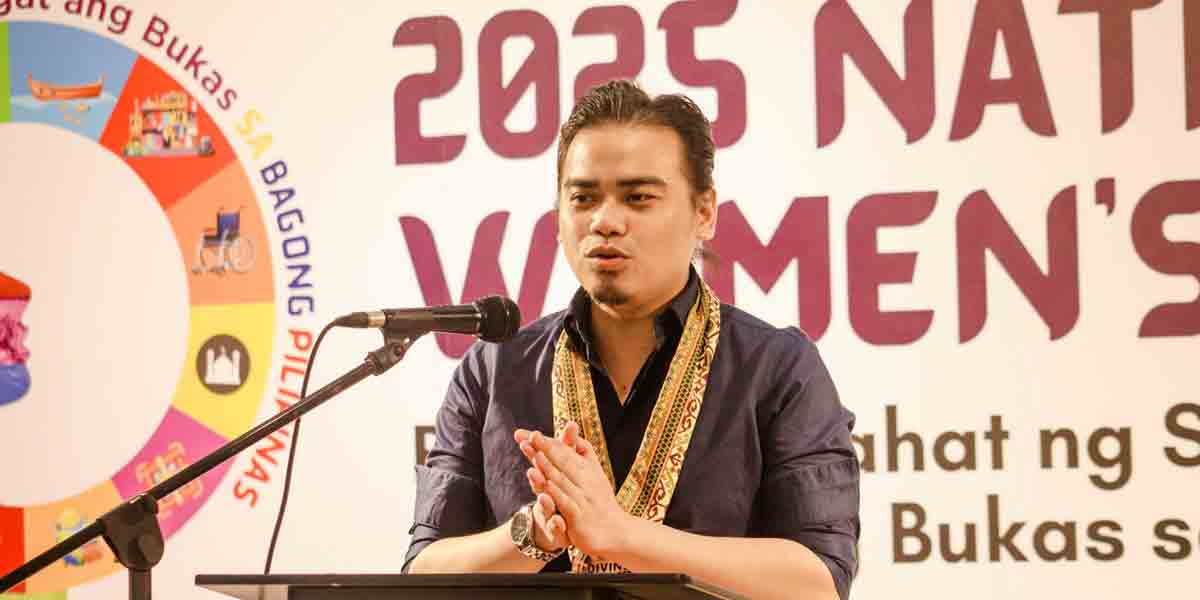 By: Modesto P. Sa-onoy
By: Modesto P. Sa-onoy
TODAY is the feast of All Saints in the Catholic calendar but even non-Catholics go along just for the holiday and the “fiesta”.
But I chose to discuss the ghosts of the November 5 and 6 revolts in Occidental Negros because next week the province will commemorate this significant day in its history. Let’s leave the saints and the not saints, for tomorrow when the Catholic world celebrates All Souls’ Day.
In the absence of historical research, imaginative people resort to drama and in the process misleads the people especially the young who prefer to see than read. The results are deviant narratives of the events of November 5 and 6, known as the Cinco de Noviembre revolution. These deviations are not revisionists but simply lack research. The revisionists are like those who peddle a different history of the MassKara Festival while documents and persons involved in this festival are still alive.
Anyway, let’s leave them to their delusions of grandeur. Back to November 5 and 6.
There are several programs by local governments citing the day as “Al Cinco the Noviembre” which means to “To the 5th of November.” This phrase must have been taken from the Philippine revolution historical marker of the monument in Talisay unceremoniously removed by the Department of Public Works and Highways when they widened the highway close to the road to AnicetoLacson’s hacienda house. The complete text of that marker was, “Al heroe de Cinco del Noviembre”, referring to the statue of a revolutionary with a raised bolo. The copycats(as Bacolod) got it all contextually wrong, but who still understands Spanish? The wrongly copied text has some sense in it that the celebration is about the date and not the heroes who fought in that revolution.
Another canard propagated by those who tried to show that the Spaniards were all cowards while the revolutionaries were all courageous and fearful, is that November 5, 1898 was “a bloodless revolution”. That claim goes against the facts.
Blood was shed on November 5 until the 7th of November. The Negros revolt was not a one-day affair as narrated. While the confrontation in Bacolod ended on the sixth the fighting went on in Himamaylan until the 7th and blood was shed when the civil guards and Spaniards there decided to fight. The Spaniards took over the church and held the revolutionaries at bay for two days of exchange of rifle fires until news of the surrender in Bacolod arrived.
Blood was shed in Mandalagan on the morning of November 5. When Colonel Isidro de Castro, the Occidental Negros governor was informed that a large group of armed men had crossed the Matab-ang river with an intentional attack on Bacolod, De Castro dispatched Lt. Francisco de Castro with 24 casadores and 16 civil guards. The revolutionaries refused to disperse when ordered by Lt. de Castro. Then rifle fires burst and two casadores were killed and three wounded. It seems the revolutionaries from Talisay fired first in response to De Castro’s order to disband.
De Castro realized that his troops could not handle the large number of revolutionaries. He ordered a withdrawal and riding ahead of his troops to Casa Real in Bacolod, he reported to the governor that “thousands” of attackers were on their way to Bacolod. Indeed, they were.
The gunfire and the arrival of dead and wounded Spanish troops, caused panic in Bacolod. The civilians rushed to the San Sebastian Church for refuge.
Juan Araneta (he was not yet a general until later when he was offered a generalship by Emilio Aguinaldo) took Bago and Sum-ag without opposition. He had those roll bamboo mats to look like cannons when he arrived in Bacolod. There was no firing of those “cannons” as is being shown by Bago every time they dragged those rolled bamboo mats for the show.
Neither did any of the forces of Araneta fire a pistol in that revolution but because of the dramatic presentations of those roll amakan, Araneta was given the top honor for that revolution as if he won the revolt by himself. The fact is that he or any of his troops never fired a shot.
Araneta was a forceful personality and because he exerted himself in the government-organized after the revolt, Lacson and the other leaders just deferred to him.

























